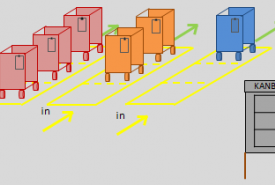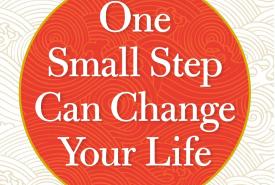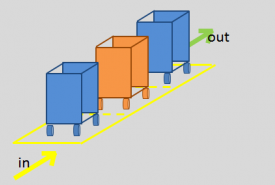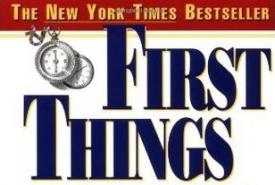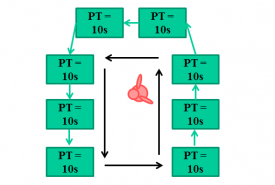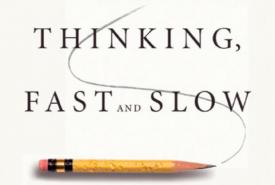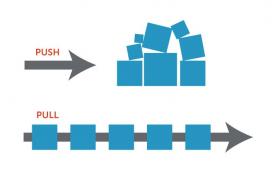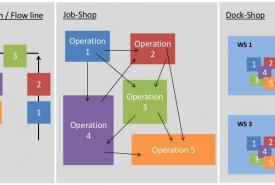Drive - D. Pink (summary)
In his book drive, Daniel Pink (2010) describes how people are motivated. In the past decennia, different theories have been developed to answer the question: where do people get their Drive from? Motivation theory 1.0 describes that people are motivated when their existence is threatened. Motivation theory 2.0 describes that people are motivated by reward and punishment, the metaphorical carrot and stick. This is where most organizations base their policies on. Motivation theory 3.0, the latest one, describes that people only act when they are intrinsically motivated, when they can act on their strengths for instance, or feel that they can make a difference.
In this book, Pink describes why Motivation theory 2.0 is outdated and how motivation theory 3.0 can be used to motivate people.

